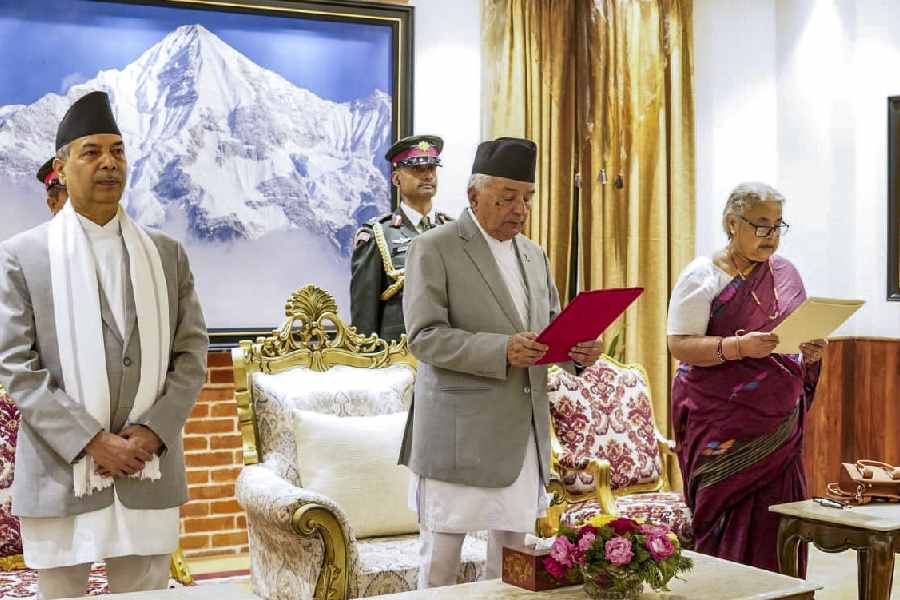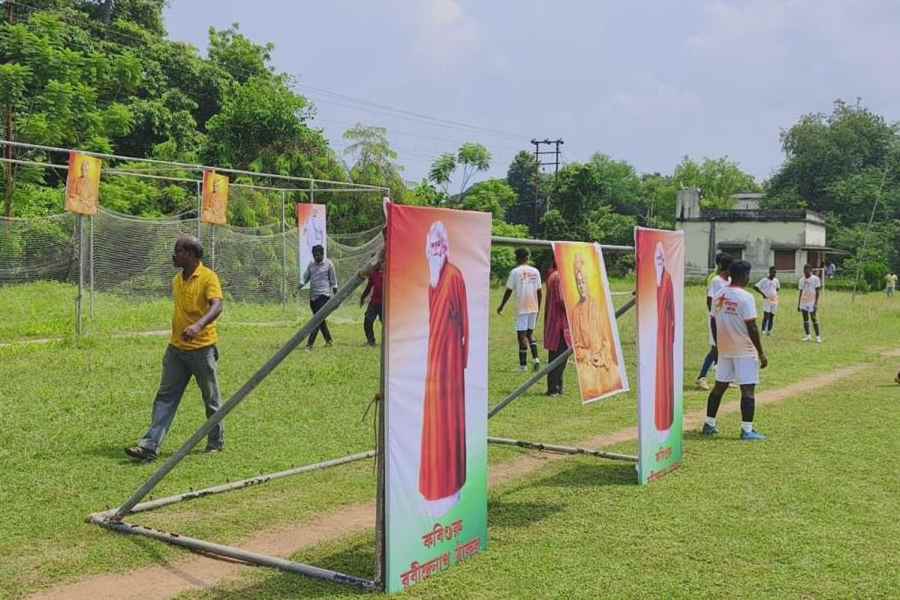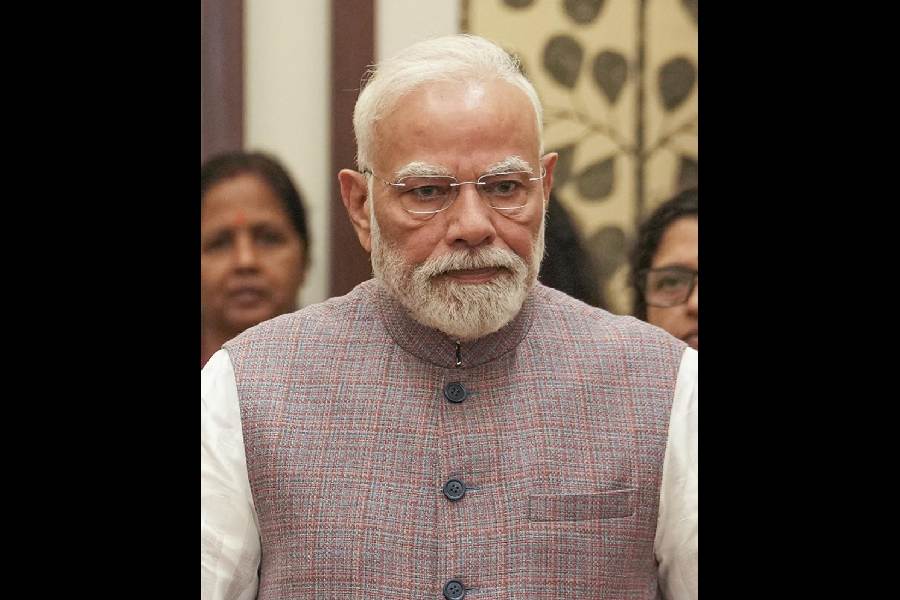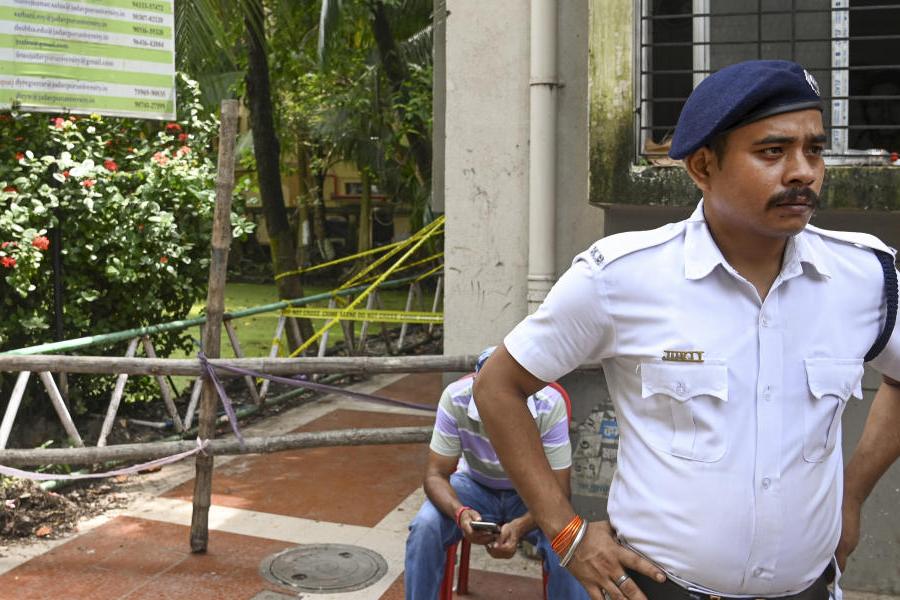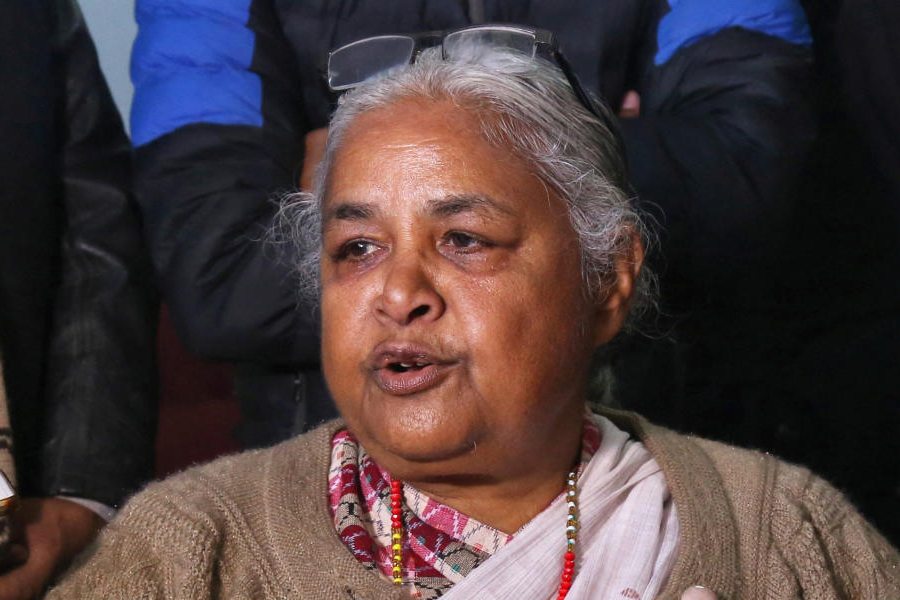 |
More than 99 per cent of the commercial vehicles plying on Calcutta roads after 10pm failed the foul fume, noise or age test over three months of random pollution policing ordered by the high court.
The results of the February-April quarter not only make a mockery of the campaign against pollution but also put a question mark on the authenticity of the pollution-under-control stickers that many of these vehicles flaunt on their windshields.
“We checked 221 vehicles for emission and noise at various locations after 10pm over three months and were shocked to find 220 of them guilty on one or both counts. Worse still, many of these vehicles were found to be more than 15 years old and, therefore, banned under law,” said a senior official of the West Bengal Pollution Control Board, which conducted the tests in collaboration with Calcutta police.
Emission expert S.M. Ghosh, who matched the registration numbers of these vehicles with transport department records, confirmed that over 20 per cent of these were on the road for more than 15 years. The high court order barring commercial vehicles older than 15 years from city roads took effect on April 1 last year.
According to data submitted to the court recently, taxis were the prime offenders in the night pollution stakes with a 100 per cent fail rate — 83 out of 83 — in terms of emission above the permissible limit. Medium and light goods vehicles didn’t do any better with 23 out of 24 found violating the norms.
Heavy vehicles, many of them registered in other states, sprang a surprise with 79 out of the 109 checked for emission passing the test. But over 70 per cent of them were found to be using air horns, which are banned within city limits.
Biswajit Mukherjee, the chief law officer of the state pollution control board, said the data on heavy vehicles was an eye-opener. “Heavy vehicles entering the city from other states have generally been blamed for night-time pollution but the figures show otherwise.”
So would the random checks now become regular?
A.K. Sinha, the assistant director (technical) of the public vehicles department, said the transport authorities were yet to start pollution patrolling because of a severe manpower shortage. “We have written to the transport department to arrange a remote-sensing pollution control system exclusively for use at night,” he added.
Chief law officer Mukherjee insisted that the available data would help improve vigil. “We regularly submit our reports to the high court to highlight how emission and noise norms are blatantly violated at night, especially by vehicles from the fringes of the city. We are devising a strategy along with the transport and police departments to counter automobile pollution at night,” he added.
The strategy includes surprise checks on centres authorised to issue pollution-under-control certificates. “Nearly 70 per cent of the vehicles that failed the night tests were carrying valid pollution-under-control certificates, which proves that emission checks in most authorised centres are a sham,” said an official in the night patrol team.
Overloading of goods vehicles has also been blamed for the toxin-heavy night air. “A vehicle that is overloaded will overshoot the emission limit even if the engine is in a good condition,” the official said.
Green activist Subhash Dutta, who had filed the batch of writ petitions that led to the phase-out of old commercial vehicles, threatened to move court again against the government’s failure to combat night-time pollution. “The statistics are shocking. I will raise the matter in court.”
Bimal Guha of the Bengal Taxi Association pleaded ignorance about pollution policing at night. “I am unaware of any such data. In any case, if they have been catching taxis more than 15 years old, why are they allowing these to ply on city roads?” he countered.
Who do you blame for the flouting of pollution norms? Tell ttmetro@abpmail.com





